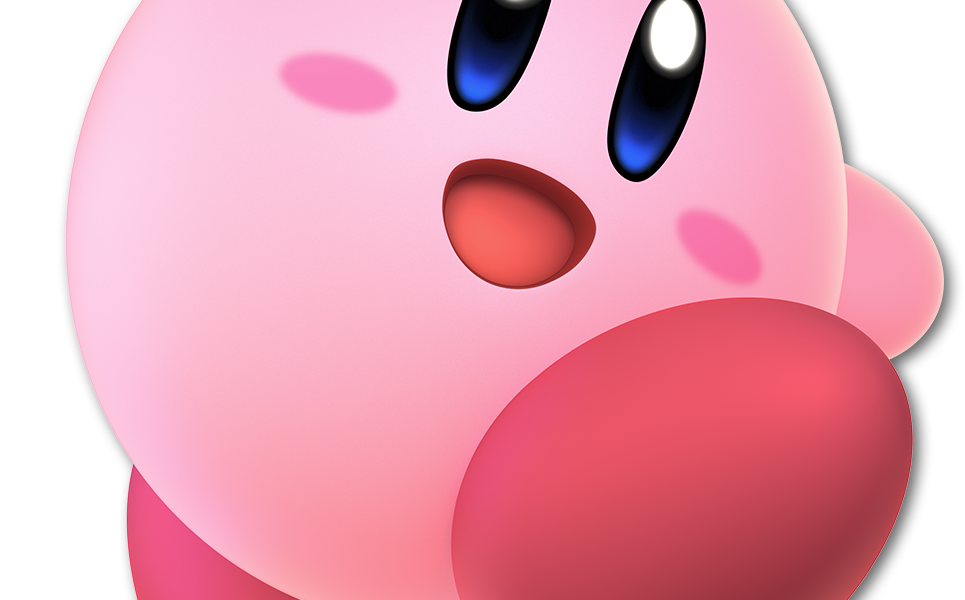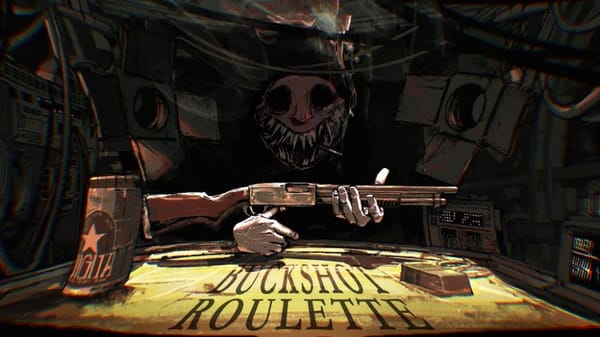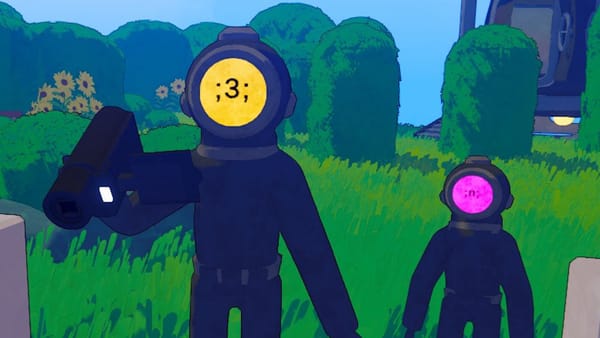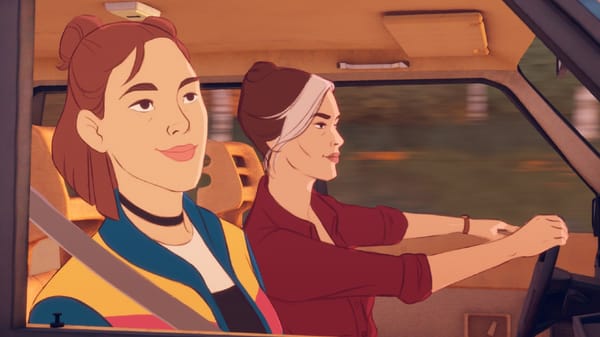The Kirby Trap - LudoLudo Dissonance

Written by Rinoa Carmichael
First you draw a circle, then you dot the eyes, add a great big smile, and presto, it’s Kirby!
I have spent a lot of time in my life teaching people fighting games. I love fighting games. Watching people learn to play games you love can really reveal a lot of interesting things about those games. It’s extremely easy to see our own experiences as if not the norm, one of a few defaults.
But what I have learned about Super Smash Brothers, is that despite Kirby not being especially powerful, Kirby has a dominating presence in the game as people learn it.
Kirby is an excellently designed character for their games. Games that were ultimately built to be very completable by everyone, something not common when the first Kirby game was released on Gameboy in 1992. It was a platformer where you could fly, with later games in the series adding the now iconic copy ability.
As an aesthetic creation, Kirby is also beloved by many as just the cutest pink blob ever made! Because of this, they are often one of the first characters people gravitate toward in Super Smash Brothers. In the most recent game, Super Smash Brothers Ultimate, Kirby is the only character you can play at the start of the main single-player mode. So the team clearly know the value of Kirby as an introductory character.
Since Smash Brothers is a game about knocking people off a platform, Kirby makes for a sensible “easy” character. While they can’t fly like his own games, he has six jumps total instead of the default two most other characters have. Kirby also has a special move, Stone, where they can’t be hurt as they drop in from above.
Once players understand the game more, these traits are not as powerful as they might initially seem. But when you are new to the game they make Smash, which is a very hard fighting game everyone insists is easy, much more approachable. You avoid the main loss condition with the jumps and have an easy if obvious go-to for an offensive option.
So, great, the Nintendo game has a character everyone can play, and has tools well suited for a beginner? Is there an issue?
Not really, Smash as Kirby is a fun experience. The issue comes into play when a player wants to switch characters, wanting to see a new island of experiences. Learning a new character forces many people to suddenly need to engage with the game quite differently than they would as Kirby. As a result, they generally perform much worse. It’s not uncommon for players when they suddenly encounter this either to go back to their safe Kirby island or quit.
So, this tool that in theory, is supposed to bring players into the game, can end up in fact trapping them on a tiny island of possibility that is hard to escape.
This is the trickiness with having easy entry points into ultimately very complicated games. Players may end up on islands, and feel unable to leave them, hindering both their ability to grow and their purpose of bringing more people into the game.

A lot of fighting games over the years have included “easy modes” to help ease new players into the game. These modes improve upon Kirby in so far as being more universal, but still ultimately result in the same culture shock.
Obviously, Smash is trivially one of the most successful fighting games in the world, and a large part of that is its variety of unique characters and well-known appealing characters. While I’ve seen this pattern play out often, I hardly think we need to remove Kirby from those games.
But seeing people have this experience raises the interesting question of how do you provide adequate training wheels for a complex game that help you come to terms with it, but also let you easily move past the training wheels?
Call me when you have an answer because fighting games really need it. I want to teach them to more people!



